After having built and used kayaks steadily for 21 years, I had begun to think about a different type of vessel to use for cruising and camping on local and familiar waterways close to my home in Portland, Oregon. I had done numerous overnighters with my kayaks, and had always camped on shore. Sandy beaches, a wealth of uninhabited islands, and abundant access to land made camping easy, but a vessel to sleep in seemed like a further step toward ease, and the idea of sleeping on the water had an irresistible appeal.After deciding to build a “floating campsite,” I had to find a suitable design—a stable, small, platform that would be very simple to build. It had to be a historic design, something a little off the beaten path, with a workboat background. Years of studying old Arctic kayaks had molded my sensibilities and taste.I came upon the garvey box while flipping through Howard Chapelle’s American Small Sailing Craft. It was built near Tuckerton, a small town on the south end of New Jersey’s Barnegat Bay. The garvey box served the same purpose as the better-known sneakboxes of the area, but was easier to build. I started building in January, and launched in mid-March 2014.
Join The Conversation
We welcome your comments about this article. To include a photo with your remarks, click Choose File below the Comment box.
Comments (9)
Comments are closed.

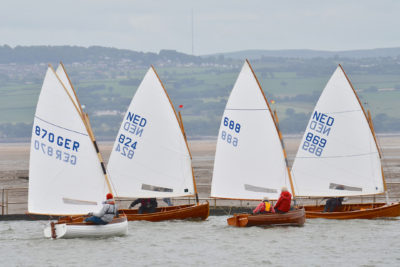

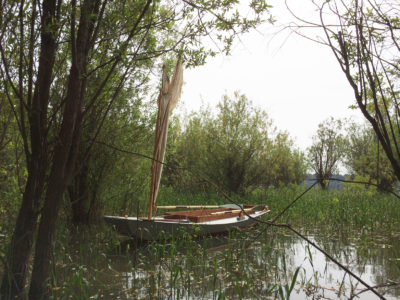
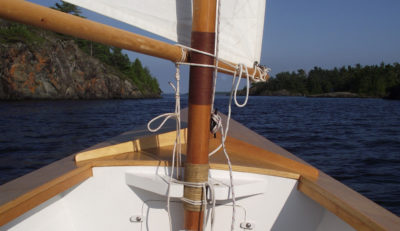

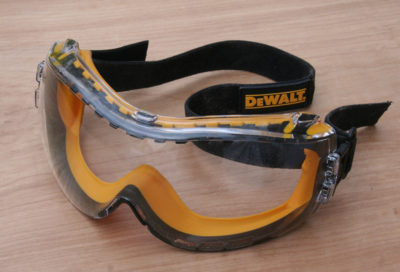
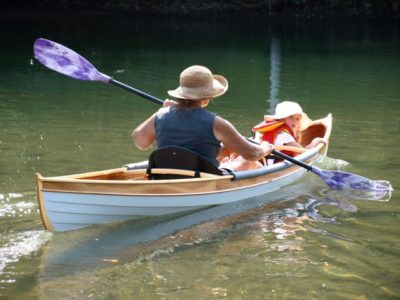
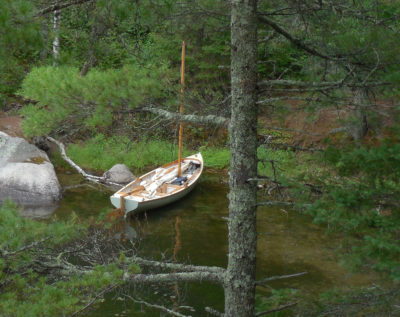

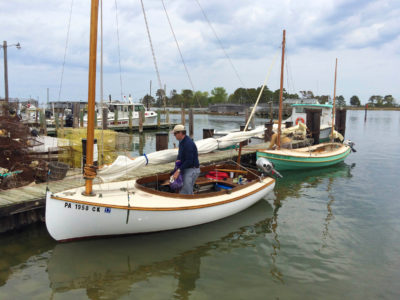
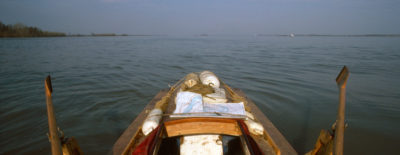
Harvey’s 21 years wedged into boats that fit like a shoe on a foot make him especially able to appreciate this tiny yacht. Thanks for the inspiring article!
This is a great read, Harvey. Thanks for all that you do to preserve, restore and re-create historic craft, and prove their continuing utility.
Harvey, thanks for taking us along. It was fun. I am planning a fall trip leaving from just below the Bonneville Dam. Now I can see that just passing through your area isn’t good enough. You have added several more days to my trip!
Great story, Harvey. I wish we had big rivers down here in central Victoria, Australia.
Thank you all for the kind comments!
What a nice little cruise! Thanks for sharing. Is that a cotton sail? with hemp lines?
Thank you. The sail is cotton canvas (7 oz., if I recall correctly—same as the tent). The running rigging is parachute cord (I’m embarrassed to say), the snotter and the sail roping are manila, and the sail is laced to the mast and bent to the boom with coir (coconut husk rope). I suppose I was cleaning out a bucket of loose ends when I rigged her.
Nice-looking little vessel. Where does one finds coconut husk rope?
I got the coconut husk rope at a bamboo/garden supply store in Portland. I think it’s made in Japan. If you google “coir,” you should be able to find local sources. It isn’t the strongest stuff, but works for a small craft’s sail lacing nicely, although most folks might think it isn’t too pretty.